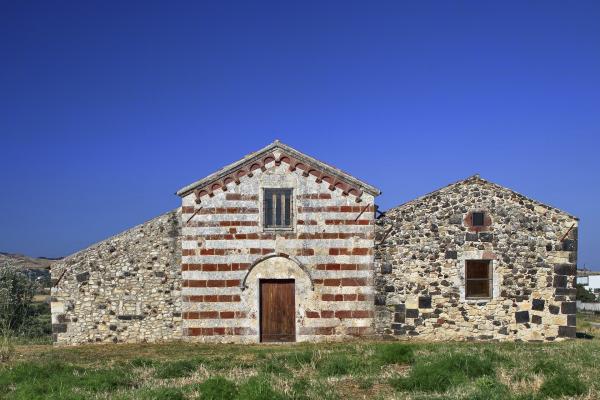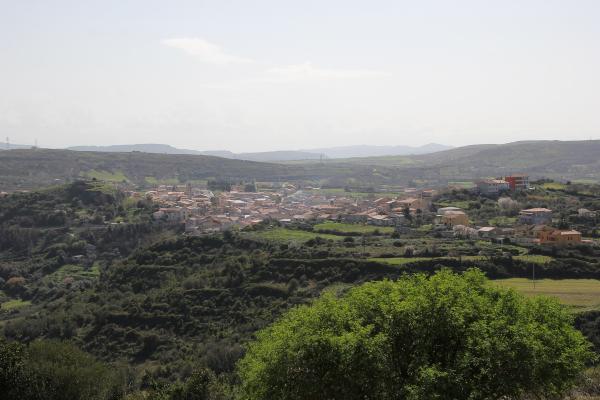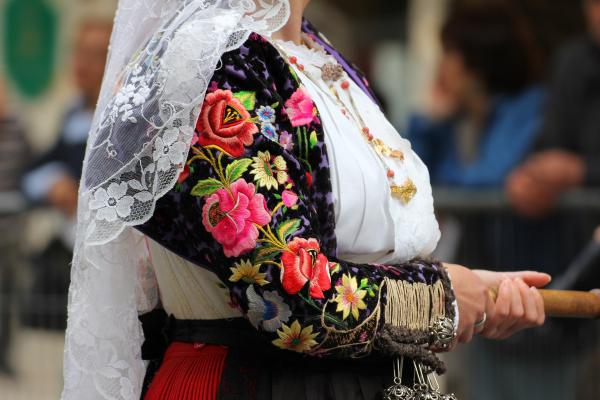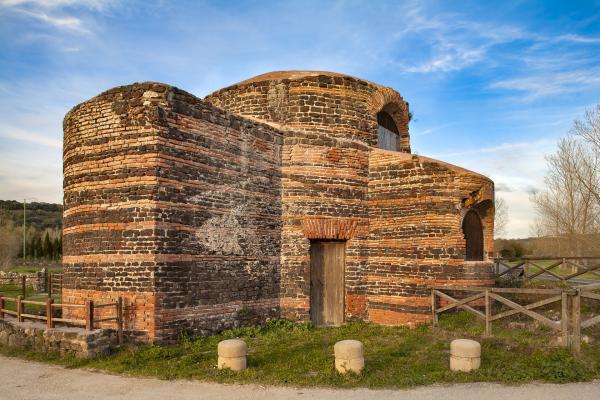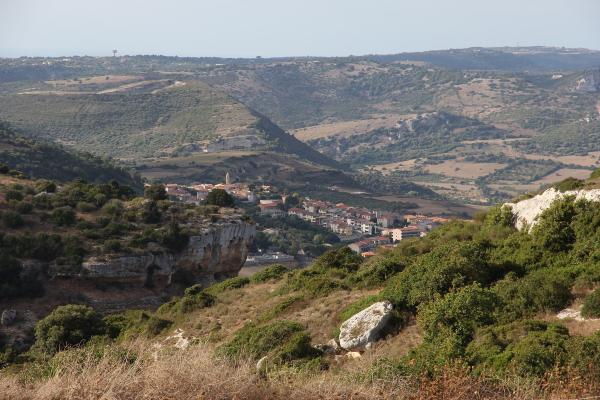Its imposing outline stands out in a valley, where churches and monasteries thrived almost a thousand years ago, but only their ruins still remain, safeguarding stories, mysteries and popular legends. The church of San Michele di Salvenero is located in the Ploaghe countryside, three kilometres from the residential zone, in an area where the village of Salvennor once stood during the period of the Judicates, but it was later abandoned in the 18th century. The construction of the sanctuary dates back to the end of the 11th century on the initiative of the Judge of Torres, Marianus I: it was given to the monks of the Vallombrosa Abbey around 1139. Thanks to the powerful monastic order, the complex prospered: it owned lands and enjoyed important privileges. The subsequent Aragonese domination forced the monks to abandon the church and monastery, which were already in ruins during the 16th century. Although the sanctuary was restored several times, the monastery and the churches in the area – Sant’Antimo, San Sebastiano and San Nicola – were abandoned and left to decay, dotting the rural landscape with ruins. What remained of the monastery was demolished in the 19th century to build road infrastructures.

Country church
Once part of a majestic monastic complex, today it embellishes the landscape, along with other contemporary churches, near Sassari in the north-west of Sardinia
Once part of a majestic monastic complex, today it embellishes the landscape, along with other contemporary churches, near Sassari in the north-west of Sardinia
See this place because...
The echoes of a glorious past and legendary stories ring out in an ancient and majestic church, in a landscape of abandoned sanctuaries and marvellous basilicas
Pictures and videos
Nearby
Come arrivare
Si percorre da Sassari la SS 131 in direzione S, per svoltare dopo circa 16 km in direzione di Florinas. Dopo qualche centinaio di m si scorge la chiesa di San Michele Arcangelo. Il contesto ambientale Il sito campestre, oggi interessato da impianti industriali, corrisponde al villaggio di Salvénero, abbandonato alla fine del Settecento. La chiesa è a poca distanza da quella di Sant'Antonio Abate. Ai suoi possedimenti in epoca medievale fa riferimento il ''Condaghe di San Michele di Salvenor'' (XII-XIII secolo).
You may also like
More attractions in the vicinity
Nearby hotels and accommodations

PLOAGHE
2 km

PLOAGHE
2 km

PLOAGHE
2 km





